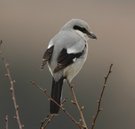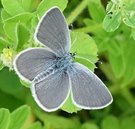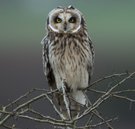Timeless Tranquility
Tidgrove is a small country estate in North Hampshire comprising a number of listed period properties surrounded by a mixture of parkland, woodland and farmland with three lakes each strategically placed both for amenity and conservation purposes.
During the medievalperiod Tidgrove was the site of a Royal palace complex used by the Norman Kings both for sporting pursuits and as a convenient stop over between their domains in England and France.
Since 1988 the once, arable farmland has been the subject of a habitat improvement project to re-introduce and re-establish threatened species of both flora and fauna, put under increasing pressureby the speed, customs and constraints of modern agricultural practice.
The resultant habitat is made up of naturally regenerated scrub/trees (blackthorn, hawthorn, ash, elm, hazel and oak) along with grassland and wildflower paddock areas. We have created three large lakes throughout the estate as well. A small herd of Belted Galloway cattle are used to provide rotational and mob grazing to the scrub and paddock areas.
Tidgrove now provides suitable breeding habitats for an increasing number of rare birds including Stone Curlews, Lapwings and most of the native species of Owl.










